Building a website, whether it's using Drupal or not, requires careful planning and consideration. It's important to determine what the purpose of the website is, who the target audience is, and what value it will bring to your business.
For instance, if the website is for a tourism company that offers fishing, hunting, and skiing tours, the first step would be to gather high-quality photos that showcase the destinations and activities offered. This could involve hiring a professional photographer or using photo editing tools.
In addition, the website should also have descriptive descriptions of each tour, which can be written in-house or by hiring a copywriter to make the text stand out. The tours could also be divided into different levels (beginner, intermediate, advanced) to cater to different audiences.
When using Drupal, it's recommended to start with a minimum installation profile rather than a standard one. This will allow for greater flexibility in creating custom content types that are tailored to the needs of the website.
Keep reading to learn more about how to create Content Types and add fields to tailor your Drupal website to your needs
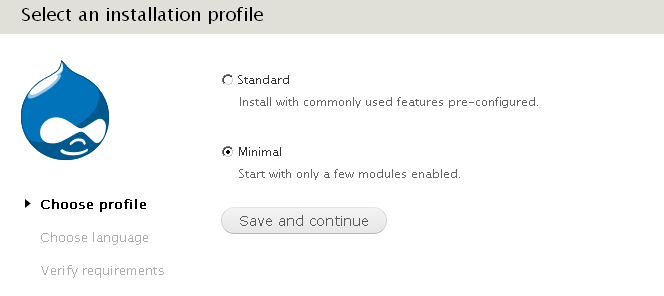
I guess we can agree on that, that we can create a new content type on the Drupal site called Tours, and enter each tour our company wants as a separate node.
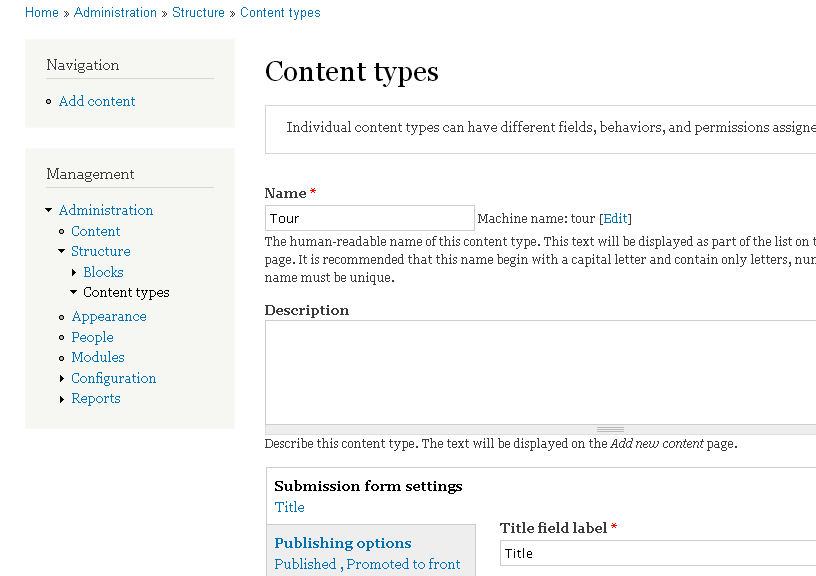
How to add pictures? Again, we must enable Image and Field UI modules, and add an Image field for our content type.
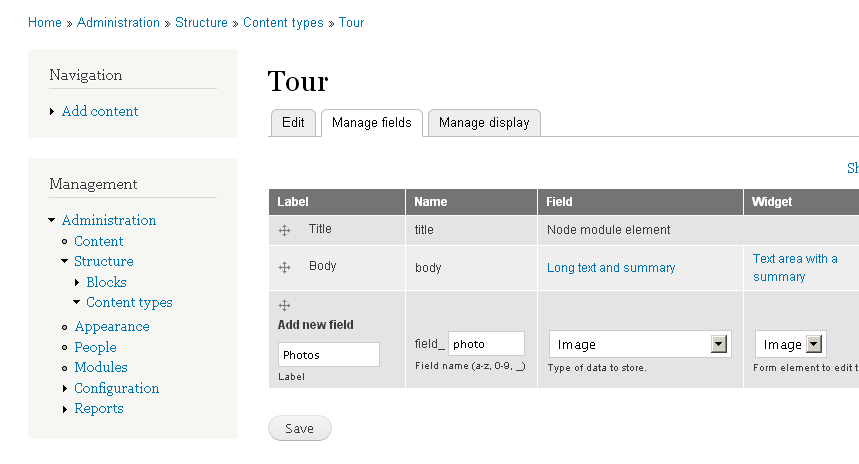
What about those levels? Well, easy - we must enable the taxonomy module, create a new taxonomy vocabulary, and add it to our content type.
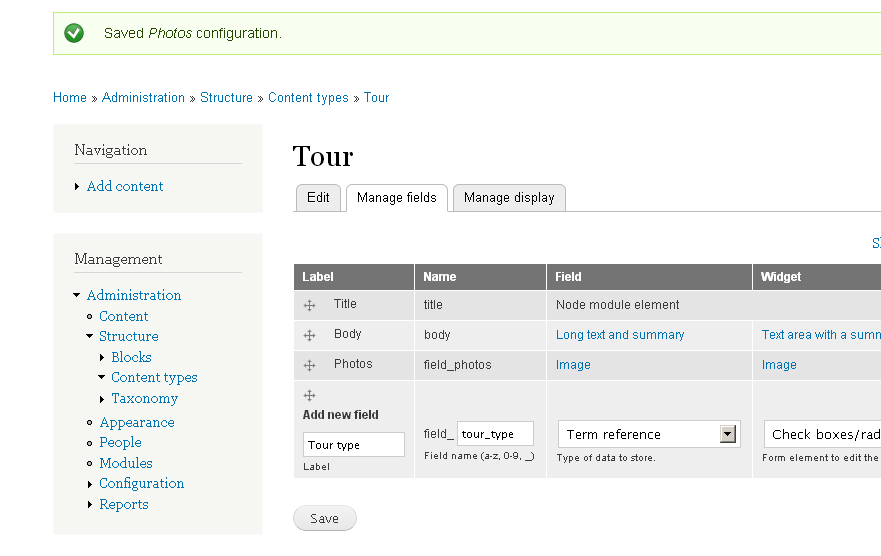
If we have a plan before, we can easily adapt it to Drupal.
Now, let's add some values by creating a few nodes:
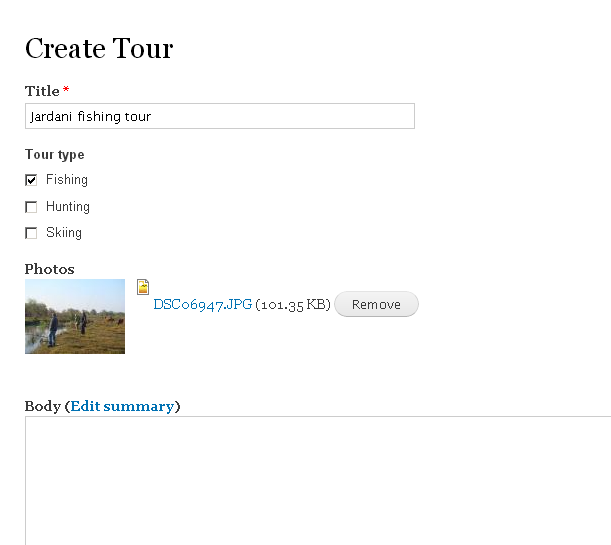
By adding different fields to our content type, we can achieve a great feature on our Drupal site. That's one of the reasons, I like Drupal so much - it's Agile.
In close future, I'll write more about how to add some more fields to our content type, how to use Drupal views, to build awesome features, and we will apply some basic responsive design techniques by using the Bootstrap theme.
Please feel free to contact me on your next Drupal project :)

